Stainless steel tees are key pipe fittings used for pipe branch connections. They are divided into two categories: equal-diameter tees and reducing-diameter tees according to the difference in pipe port diameters. This product uses manufacturing processes such as hydraulic bulging, hot pressing or welding. Applicable materials include stainless steel materials such as 304 and 316L, and comply with more than ten international standards such as the national standard (GB/T12459) and the American standard (ASME B16.9). As a core component of the industrial pipeline system, stainless steel tees have the functions of flow diversion, confluence, pressure balance and direction conversion. They are widely used in petrochemical, natural gas transportation, power equipment, food and pharmaceutical industries, and their corrosion resistance is enhanced through processes such as pickling and passivation.
Process flow of stainless steel pipe tee
The production process of stainless steel pipe tee is as follows
Steel pipe→blank→bulge→punch forming→flat head→welding port (or interface)→grinding weld marks→finishing→air pressure detection→surface detection→labeling and certificate of conformity→packaging and storage. Use and process according to this workflow to ensure the quality and performance of the processed materials, and process according to certain process methods to ensure the smooth progress and use of the work.
Stainless steel pipe fittings-tee technical parameters
1. Execution and reference standards for production and processing: GB/T12771-2000 "Stainless steel welded steel pipe for fluid transportation" and GB/T12459-2005 "Steel butt-welded seamless pipe fittings". Production and processing are carried out in accordance with these two standards to ensure that they are produced according to certain standards during use and that the produced tees meet national production standards.
2. The working temperature of stainless steel pipe fittings-tees: -40℃~200℃, use it according to the temperature and strictly control the temperature; 3. Pull-out test: the pull-out force of socket argon arc welding pipe fittings is 3 times the national standard; 4. Flattening test: flatten the pipe fittings to 1/3 of the outer diameter, and no cracks or fissures will appear; 5. Air pressure test: each pipe fitting is tested with 1.6Mpa air pressure; 6. Pressure resistance test: after the pipe and the pipe fitting are connected, there is no leakage at the connection under the conditions of 2.5Mpa and pressure maintenance for 5 minutes; 7. Tensile strength: not less than 520Mpa, elongation not less than 35%, the actual measured value of this product is 733Mpa; 8. Corrosion resistance: the weld of the pipe fittings is free of rust after the salt spray test.
The production process and technical parameters of stainless steel pipe tees need to be carried out in certain ways and methods to ensure that they play an important role and value in use. The technical parameters of stainless steel pipe tees need to be strictly controlled. If they are used and produced strictly in accordance with the parameters, the equal-diameter stainless steel pipe fittings-tees produced will have high-quality performance and will play an important role and value in production.

Uses of stainless steel pipe fittings-tees
1. Equal-diameter stainless steel pipe fittings-tees are mainly used for the hot and cold water systems of major buildings, including central heating systems, and are mainly suitable for the main connection of PPR pipes, which can play an important connecting role; 2. Heating systems in buildings, including floors, wall panels and radiant heating systems, use PPR pipes to connect pipes in different systems. 3. Pure water supply system that can be directly drunk.
4. Central (central) air conditioning system.
5. Industrial pipeline systems such as conveying or discharging chemical media.
How to choose equal-diameter stainless steel pipe fittings-tees
1. Pay attention to the determination of the overall use factor C (i.e. safety factor) of the pipeline: in general occasions, and long-term continuous use of temperature <70℃, C=1.25 can be selected; in important occasions, and long-term continuous use of temperature ≥70℃, and it is possible to operate at a higher temperature for a long time, C=1.5 can be selected. 2. For cold water (≤40℃) systems, use pipes and fittings with P.N1.0~1.6MPa; for hot water systems, use pipes and fittings with ≥PN2.0MPa.
3. After considering the above two principles, the SDR of the fittings should not be greater than the SDR of the pipes, that is, the wall thickness of the fittings should not be less than that of the pipes of the same specifications.






 English
English Español
Español بالعربية
بالعربية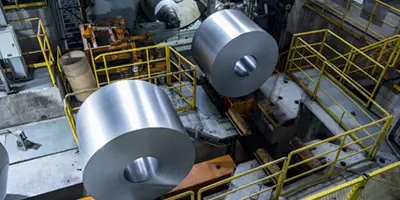

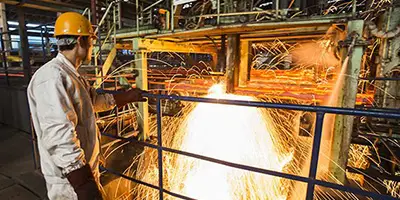
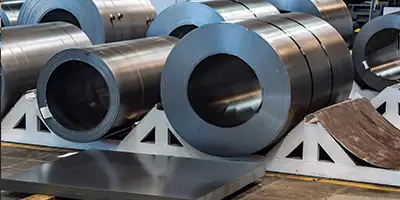

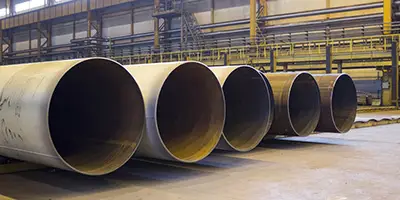
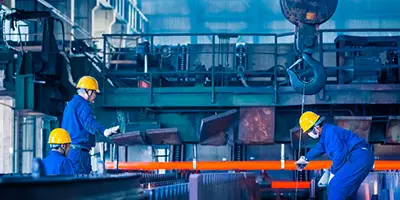
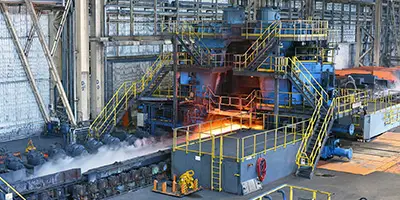
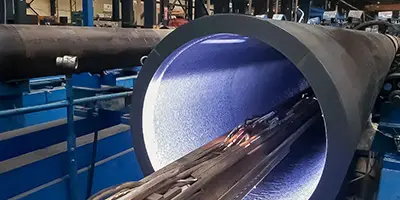
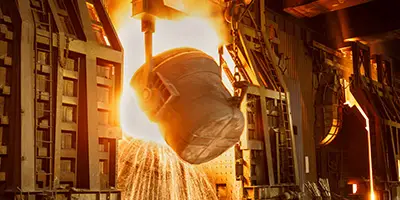


 Phone :
Phone :  Whatsapp :
Whatsapp :  Email :
Email : 


